Optimal Timing for Waterproofing
Waterproofing is a crucial process to prevent water intrusion and protect structures from moisture damage. The optimal timing for waterproofing depends on various factors including climate, weather conditions, and the specific type of waterproofing material used. Proper timing ensures the longevity and effectiveness of waterproofing systems, reducing the risk of leaks and structural issues.
Late spring and early summer are ideal for waterproofing projects due to moderate temperatures and lower humidity levels, which facilitate proper curing and adhesion of waterproofing materials.
Waterproofing should be avoided during heavy rain, freezing temperatures, or high humidity, as these conditions can compromise the application process and reduce effectiveness.
Prior to waterproofing, surfaces should be dry, clean, and free of debris. Scheduling during dry weather ensures optimal adhesion and durability of the waterproofing layer.
In regions with significant rainfall or temperature fluctuations, timing waterproofing during periods of stable weather helps maintain the integrity of the waterproofing system.
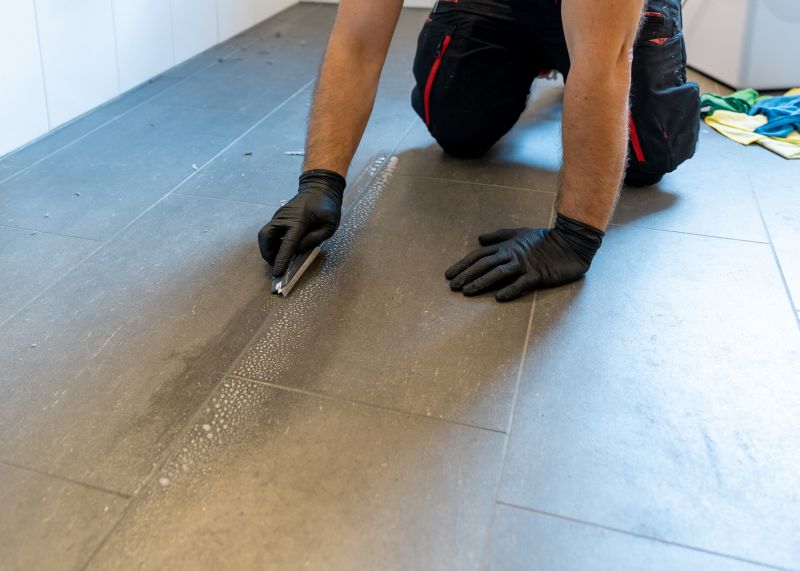
Ways to make Waterproofings work in tight or awkward layouts.
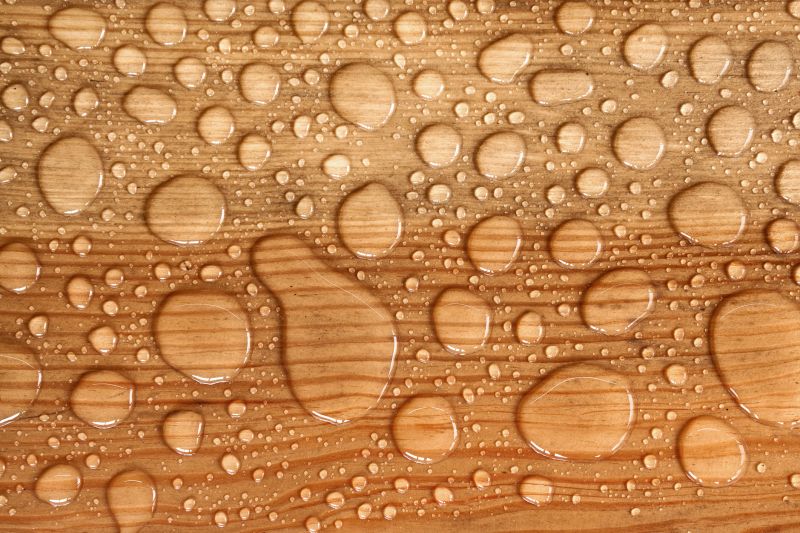
Popular materials for Waterproofings and why they hold up over time.
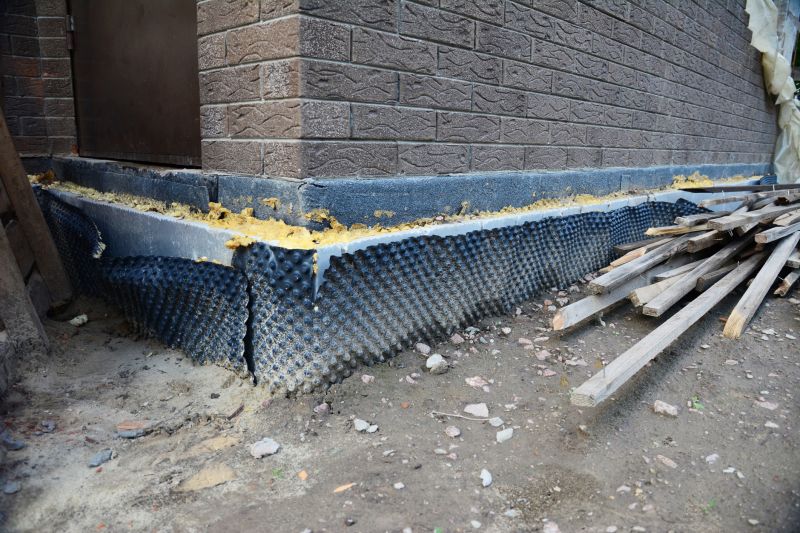
Simple add-ons that improve Waterproofings without blowing the budget.
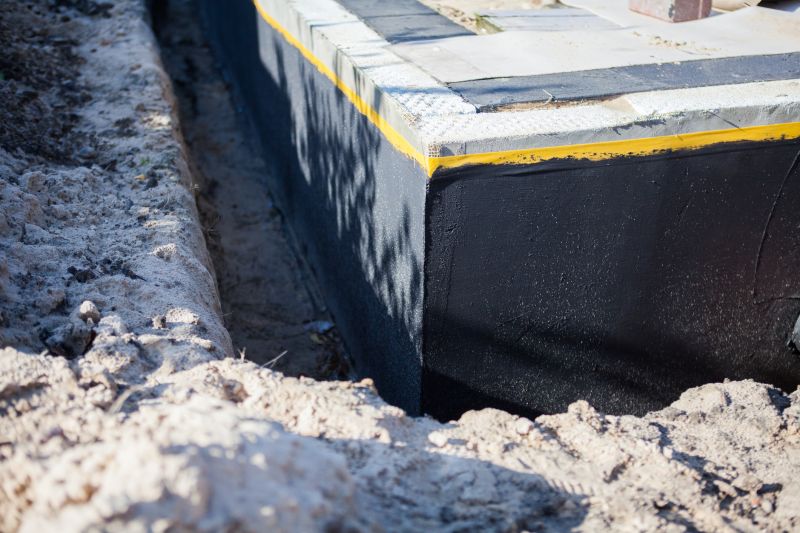
High-end options that actually feel worth it for Waterproofings.
| Season | Best Conditions |
|---|---|
| Spring | Moderate temperatures, low humidity |
| Summer | Warm, dry days with low humidity |
| Fall | Stable weather, mild temperatures |
| Early Winter | Before freezing temperatures occur |
| Late Winter | Avoid due to freezing and thawing cycles |
Waterproofings involve applying specialized materials to protect structures from water penetration. These systems are essential for maintaining the durability of foundations, roofs, basements, and other critical areas. Proper waterproofing can significantly extend the lifespan of a building by preventing moisture-related issues such as mold growth, structural weakening, and interior damage. Advances in waterproofing technology have introduced a variety of solutions, including liquid membranes, sheet membranes, and sealants, each suitable for different applications and environmental conditions.
Statistics indicate that waterproofing can reduce water-related damage costs by up to 80 percent over the lifespan of a structure. Proper timing and application are vital for maximizing these benefits, ensuring that the waterproofing system performs effectively for years to come.
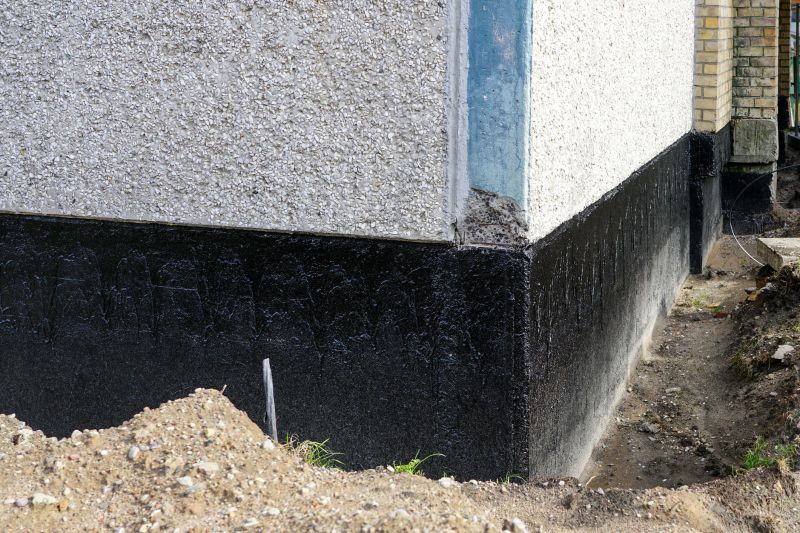
Finishes and colors that play nicely with Waterproofings.

Little measurements that prevent headaches on Waterproofings day.
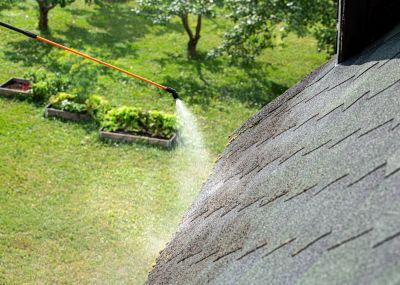
A 60-second routine that keeps Waterproofings looking new.
For those interested in waterproofing services, filling out the contact form provides a way to receive expert guidance tailored to specific project needs and local climate considerations. Proper timing and application ensure the best protection against water intrusion, safeguarding the longevity and integrity of structures in Mount Juliet, TN.




